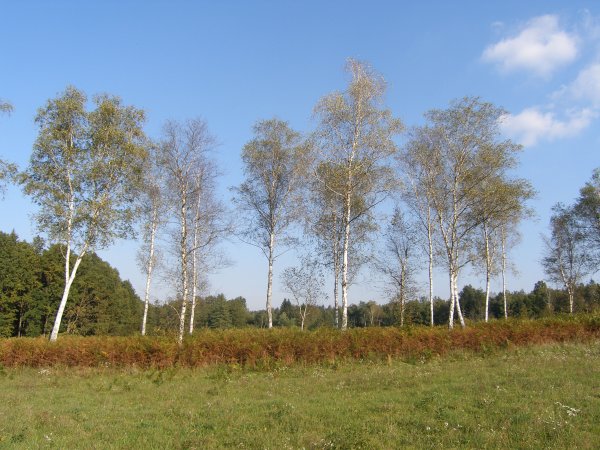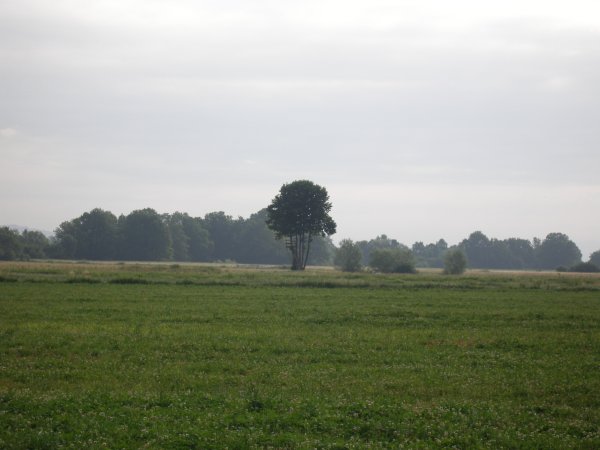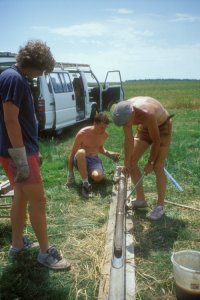The development of Slovenian cultural landscape in Bela krajina and Ljubljansko barje
Principal Investigator at ZRC SAZU
Maja Andrič, PhD-
Project ID
Z6-4074-0618-03
-
Duration
1 July 2002–30 June 2004 Partners
Nacionalni inštitut za biologijo (A. Brancelj), University in Bern (B. Ammann, U. Eicher in M. Leuenberger), Lab di Biodiversidad Darwin INIBIOMA/CONICET, Argentina (J. Massfero), Andrej Martinčič, Prof., Center for Archaeological Sciences, Katholike Universitet Leuven, Belgija (E. M…, Narodni muzej Slovenije (T. Knific)
Slovenia is one of the smallest, but also one of the richest European countries regarding biotic diversity. The vegetation of individual phytogeographical regions of Slovenia varies and palynological research has demonstrated that the Holocene vegetation development was very dynamic, leading to increasing interregional differences (Andrič and Willis 2003). Climatic fluctuations and human impact were presumably significant in shaping the vegetation, which led to the formation of mosaic landscape. There are numerous questions, however, about the exact nature of these mosaic landscapes. If human impact resulted in formation of several patches of land, covered by various vegetation, what did an individual patch of this landscape look like? Was vegetation around small archaeological sites, located only a few meters/kilometers apart, completely different or very similar? At such sites climatic differences would presumably be negligible and, besides microclimate, topography and bedrock, human impact on the environment would be one of the main factors causing differences between patches.

What did the vegetation of Bela krajina look like six thousand years ago? Was it covered by predominantly birch or beech forests?

Six thousand years ago the landscape of Ljubljansko barje did not look like this.

Griblje. Core extraction.
To address the above research questions sedimentary cores were collected from selected palaeoecological sites in Bela krajina (Griblje village), Ljubljansko barje ('na mahu' location) and archaeological site Resnikov prekop. Pollen and microcharcoal analysis were used in order to investigate past vegetation development, human impact and fire regimes.
Our palaeoecological research is multidisciplinary and includes also other palaeoecological techniques such as diatom, phytolith, stable isotope and geochemical analysis. It is being carried out in cooperation with numerous researchers (research institutions) from Slovenia and abroad.
Multidisciplinary palaeoecological resaerch (pollen, stable isotopes, moss and other plant macrofossils, Chironomids, Cladocera) of Late Glacial sediment from Bled lake was also carried out.
- Andrič, M. in K. J. Willis. 2003. The phytogeographical regions of Slovenia: a consequence of natural environmental variation or prehistoric human activity? Journal of Ecology 91: 807-821
- Andrič, M. 2006. Ali lahko analiza pelodnega zapisa v kulturni plasti arheološkega najdišča pove, kakšna vegetacija je rasla v okolici? Primer: Resnikov prekop. Does pollen record in archaeological 'cultural layer' tell us what vegetation was growing around the settlement? Case study: Resnikov prekop. – V: Velušček A. (ur.), Resnikov prekop: najstarejša koliščarska naselbina na Ljubljanskem barju. Resnikov prekop: the oldest pile-dwelling settlement in the Ljubljansko barje. Opera Instituti archaeologici Sloveniae 10. Ljubljana: Inštitut za arheologijo in Založba ZRC SAZU, str. 103-113.
- Andrič, M. 2007, The Holocene vegetation development in Bela krajina (Slovenia) and the impact of first farmers on the landscape. The Holocene 17(6), 763-776
- Andrič M., Kroflič B., Toman M. J., Ogrinc N., Dolenec T., Dobnikar M. , Čermelj B., Changes of Late Quaternary vegetation and hydrology on Ljubljansko barje (Slovenia). Palaeogeogr. palaeoclimatol. palaeoecol., 2008, vol. 150-165, no. 1/2, 150-165